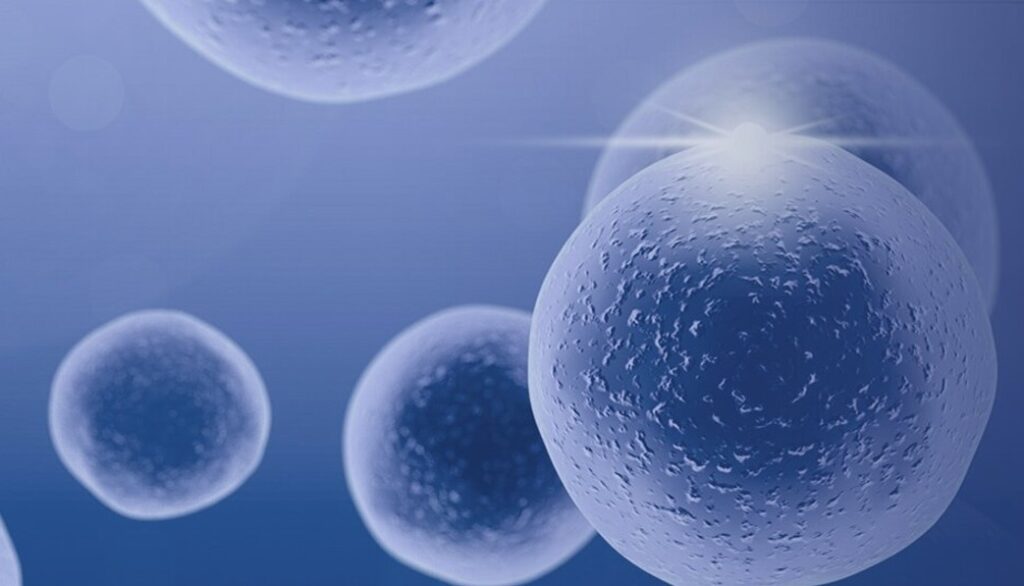Dispersant is an amphiphilic chemical that can increase the compatibility of oily and watery components in the same system. It is a surfactant that has two opposite properties of lipophilicity and hydrophilicity in the molecule. It can uniformly disperse solid and liquid particles of inorganic and organic pigments that are difficult to dissolve in liquid. It can also prevent the sedimentation and agglomeration of particles and form an amphiphilic reagent required for a stable suspension. Polymer dispersants are one kind of dispersants. There are many kinds of dispersants, each of which has different functions. Polymer dispersants are called multifunctional pigment dispersants. The definition of dispersant is a substance that can reduce the aggregation of solid or liquid particles in a dispersed system. Adding dispersants and suspending agents when preparing emulsifiable concentrates and wettable powders facilitates the formation of dispersions and suspensions, and maintains the relatively stable function of the dispersion system.
Function: The molecule contains polymer with a molecular weight of 1,000 to 10,000. It can be tightly and firmly combined with the surface of pigment particles to achieve high-efficiency coverage. The thickness is about 10 μm. Its solvable part can effectively expand into the dispersion medium to form a three-dimensional barrier and provide a three-dimensional stable barrier.
Polymer dispersants now have different types of products. Among them, the block type polymer dispersant has excellent effect, that is, the A-B block type.
It has: (1) An anchor group adsorbed or bonded to the pigment surface;
(2) Solvated part with good compatibility with film-forming substances.

